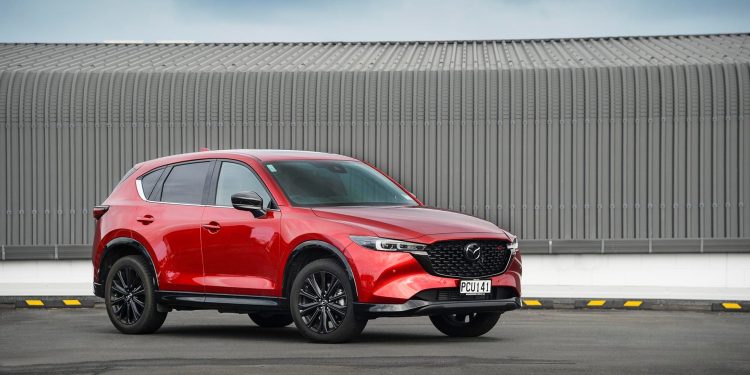2022 Mazda CX-5 SP25T review
Words: Peter Louisson | Photos: Alex Schultz
CX-5 has been the backbone of Mazda’s line-up since 2012, with almost 30,000 sold here. It is now a seven-model, all-petrol line-up, ranging in price from roughly $42k to $64k.
The GSX is a family favourite in New Zealand. The one you see here, SP25T, sits one below Takami, and two above the new Activ model we tested recently. This is Mazda’s load lugger, rated with the same towing ability as the diesel was at 2000kg braked. That’s because it develops almost as much torque as the superseded model, 420Nm at 2000rpm, and there’s more power, 170kW.
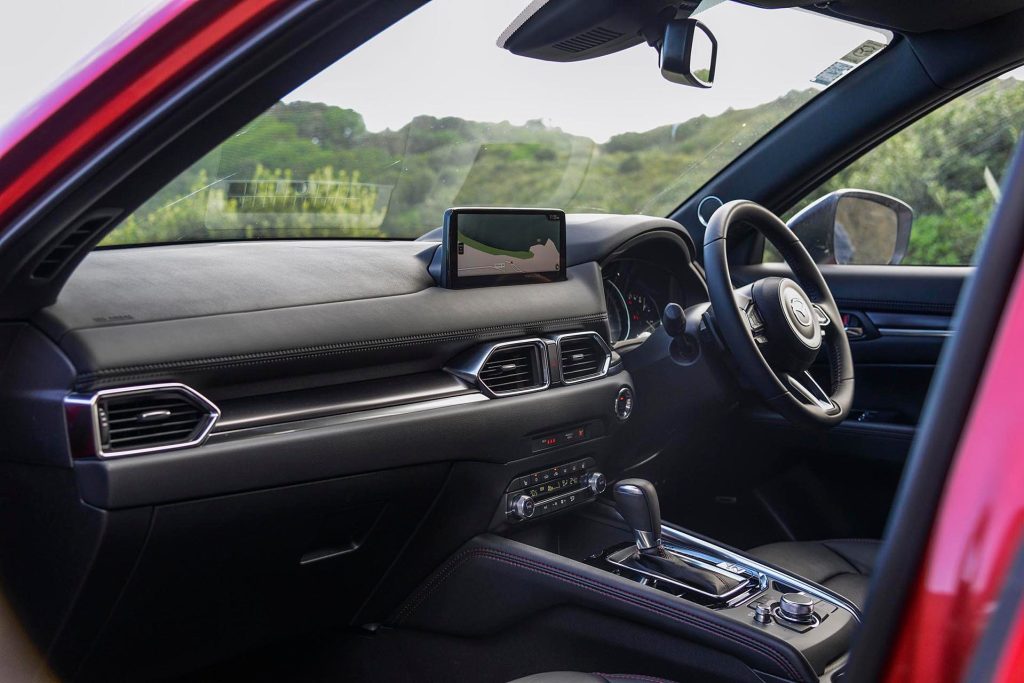
It’s the engine that is the centrepiece of this particular model. As the name suggests, it runs a 2.5 four-cylinder with a turbocharger attached, the idea being lots of low-down grunt for ease of driving and frugality. Not that you’d call a WLTP combined figure of 9.1L/100km exactly thrifty, though it drinks 91 ULP happily. Because of that figure there’s a $1552 feebate added to the bottom line of $61,290, making it $62,843 before ORCs. But as there’s no need for an excess of revs it’s possible to achieve fuel use of around the quoted 9.1L/100km. But that ain’t great in this day and age. We saw 8s to 14s, mainly 9s. Electrified stuff is coming in the new CX models.
Is it deserving of the SP25 title? Well, not exactly if the SP stands for sporting prowess. The SP25 was the stroppiest version of the Mazda3 a few years back. What made it a bit special was its A to B pace, quickish in a straight line and good around corners. This model, with the T attached, is good enough on the acceleration front and, while steering feel is a highlight, it’s certainly no track special in the turns. The overall ride height of 200mm and the high profile tyres see to that.
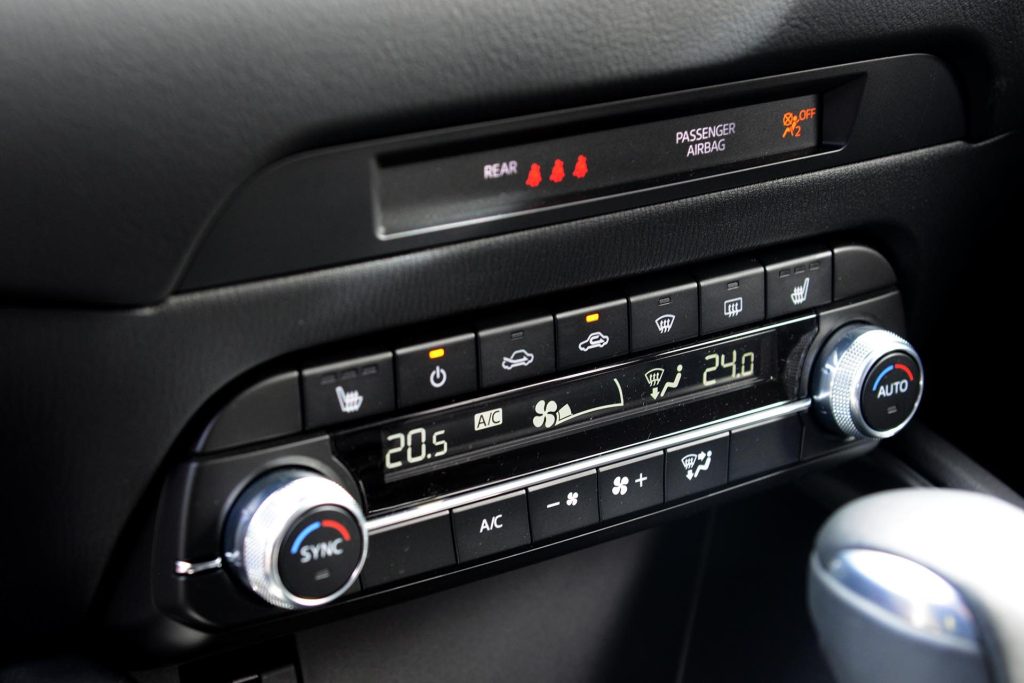
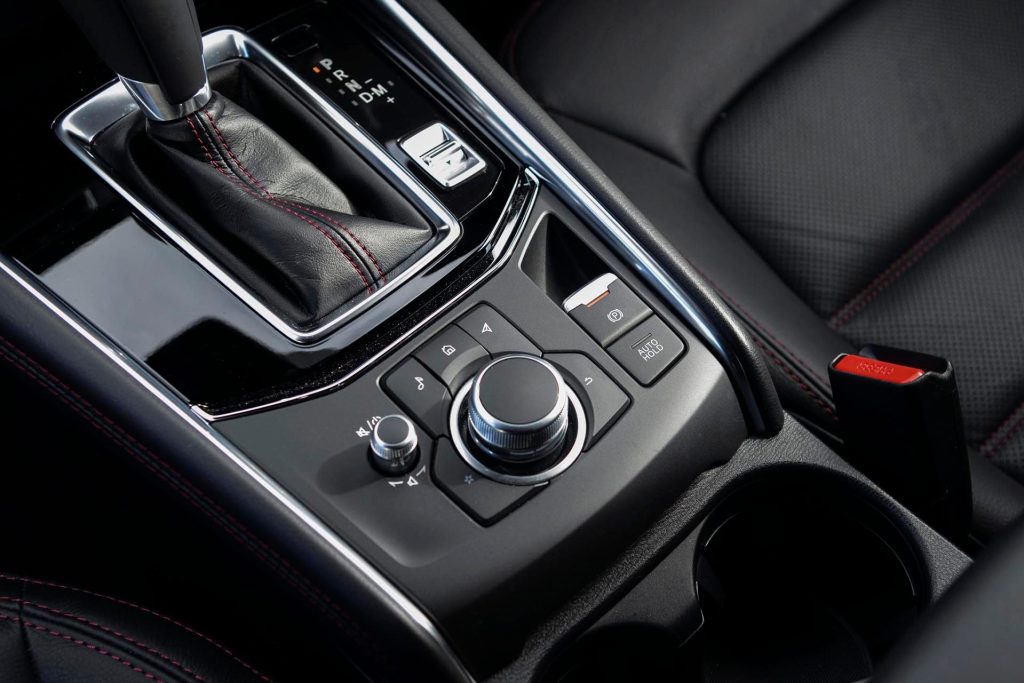
Think of it then as an SE25T (special equipment) and you’re much closer to the mark. It’s quiet and rides rather well, both in and out of town, and it looks quite spiffy in that blacked out SUV way. It also has a pleasant enough interior with nice appointments, even if it feels a bit long in the tooth at times (petrol release flap, no touchscreen per se, analogue dials, six-speed auto).
Round town it’s invigorating, feeling muscular and brimming with vigour from low revs. Same out of town too actually, to the point we seldom bothered with Sport mode (glugs through the juice even more) nor the paddles (shifts nicely without). Thing is, there’s so much in the way of zoominess at low revs that there’s not much point exceeding 4000rpm. Besides, it runs out of puff at 5500rpm. And while the six-speed auto might seem a cog or two shy of the norm, with all that low-down grunt it’s almost irrelevant. Almost because lowish gearing in top gear has the engine turning at 2000rpm by 100km/h. Hence, the tendency to drink.
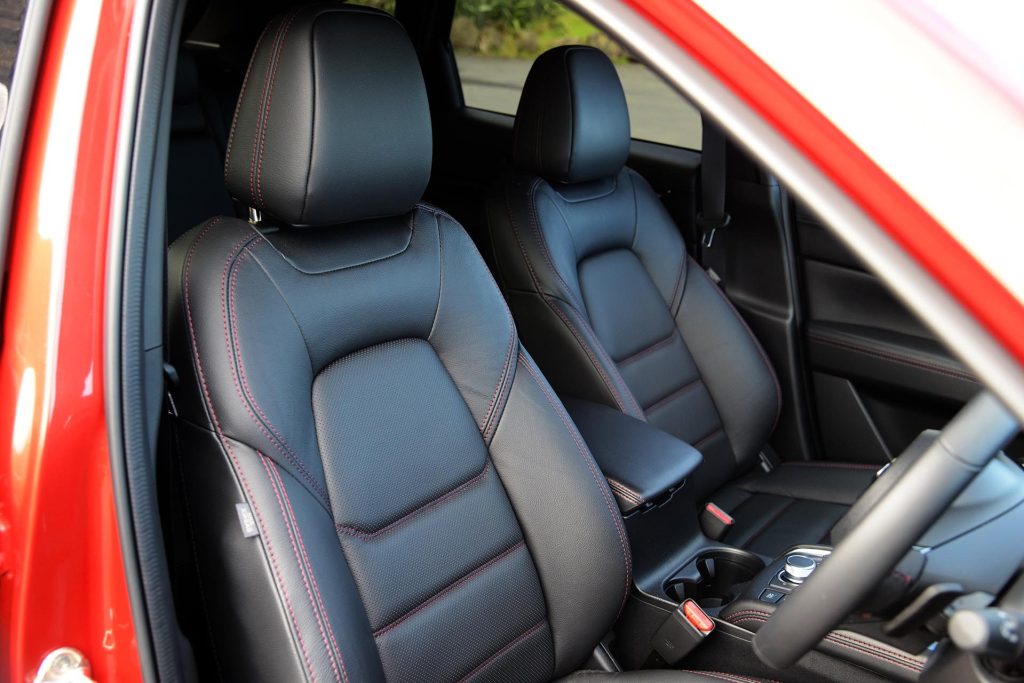
What’s smart about this is the comparative lack of turbo lag, to the point you almost forget it’s turbo enhanced. Evidently a valve in the exhaust closes below about 1600rpm, creating a narrower air passage so there’s an increase in pressure of gases hitting the turbo. Cunning huh?
It’s not slow either, getting to 100 in just over 7sec, and taking 134m to get from 80-120, one downshift generally sufficient. This hauls up hills in top gear with relative ease too, the turbo working well from 1200rpm and the engine genuinely strong from 2500-4000rpm, though it doesn’t exactly sound inSPiring.
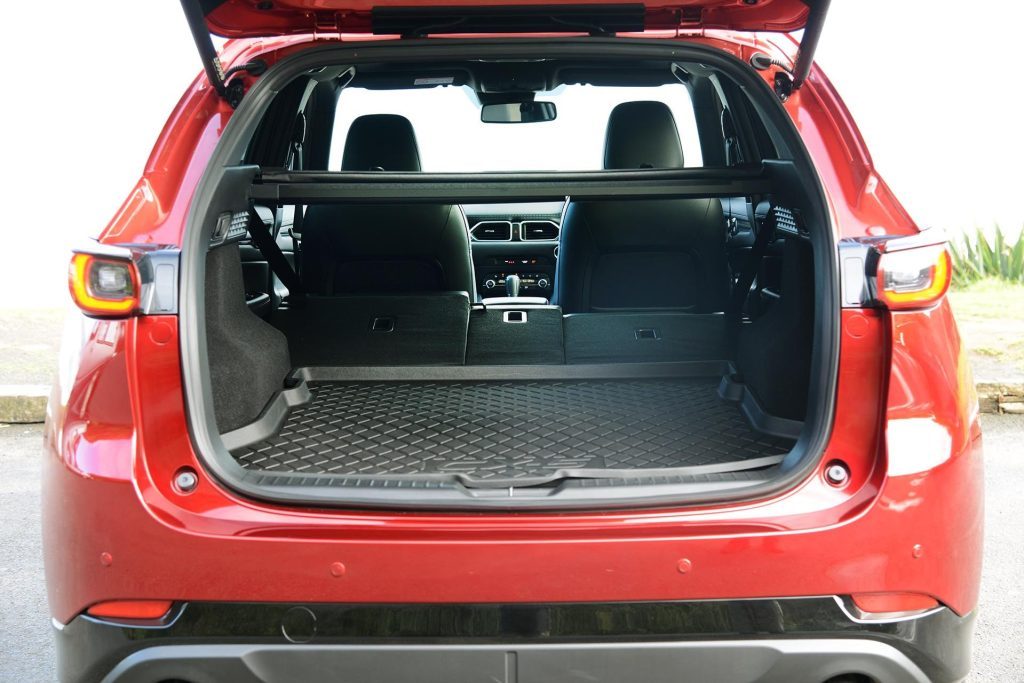
The SP25T is quietly a bit fancy, with new lamps and grille for 2022, gloss black highlights on the exterior and genuine black leather for the seats inside, set off by red stitching. There’s privacy glass for the hind quarters too. Round the back is a powered fifth door, to go with the powered and heated seats up front. Split folding is by spring loading and leads to an essentially flat load space. It’s not the biggest around but with 438-1340L we easily fitted a bike on its side, with both wheels still attached. That’s after split folding, of course. Our vehicle featured a protective cargo floor cover, a handy accessory.
The interior is executive class quality, and it’s loaded with all the cool safety gear, including head-up display, adaptive cruise and traffic sign recognition. There’s a twirly iDrive-like device that drives the info screen and it is deceptively simple in use, just like most touchscreens aren’t. The main menu has just five items, and you drill your way down from there. Its cabin is still rather button intensive, the dual zone climate area replete with them. We reckon there’s less distraction by far with this type of set-up. Why there’s even a proper rotating knob for volume control. How refreshing and effective compared with those ridiculous plus/minus volume buttons. Why even retripping the odometer is quite simple.
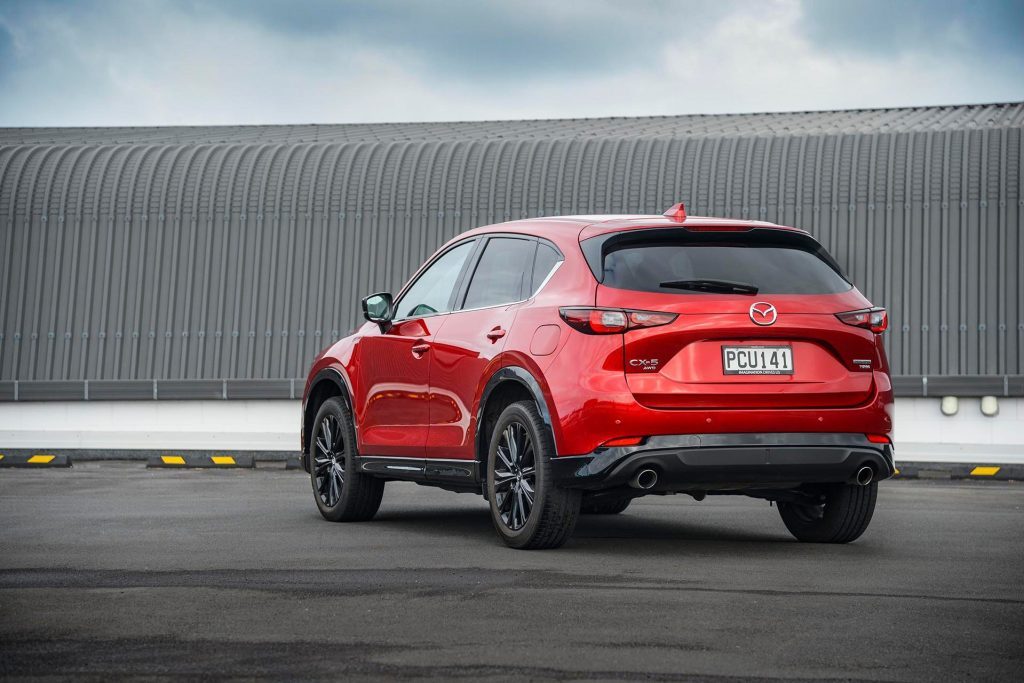
And that’s the essence of this vehicle, its simplicity rather than its sportiness. It’s quiet and refined too but just not that fuel efficient.
However, there’s always the 2.0 and 2.5 naturally aspirated models for that. The icing is the three years of inclusive servicing and the five-year, unlimited kay mechanical cover.
| Model | Mazda CX-5 SP25T |
| Price | $61,290 |
| Clean Car Discount | Fee + $1552 |
| Engine | 2488cc, IL4, T, DI |
| Power/Torque | 170kW/420Nm |
| Drivetrain | 6-speed auto, AWD |
| Fuel Use | 9.1L/100km |
| C02 Output | 213g/km |
| 0-100km/h | 7.15sec |
| Weight | 1730kg (claimed) |


